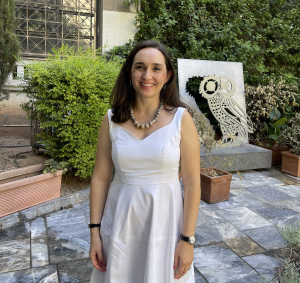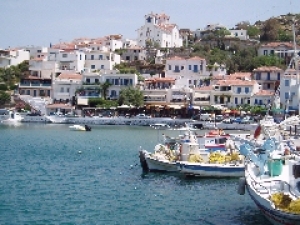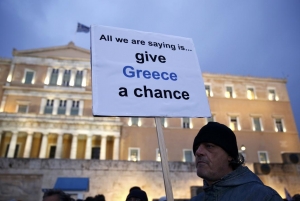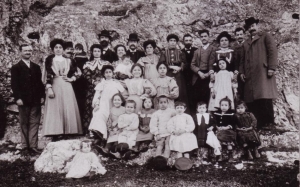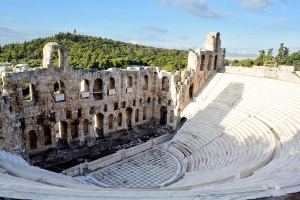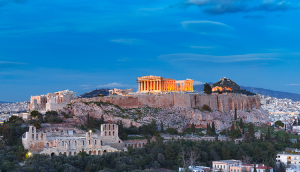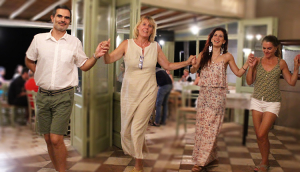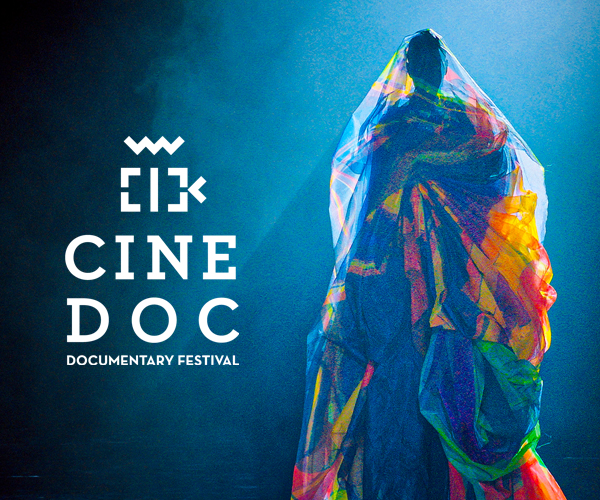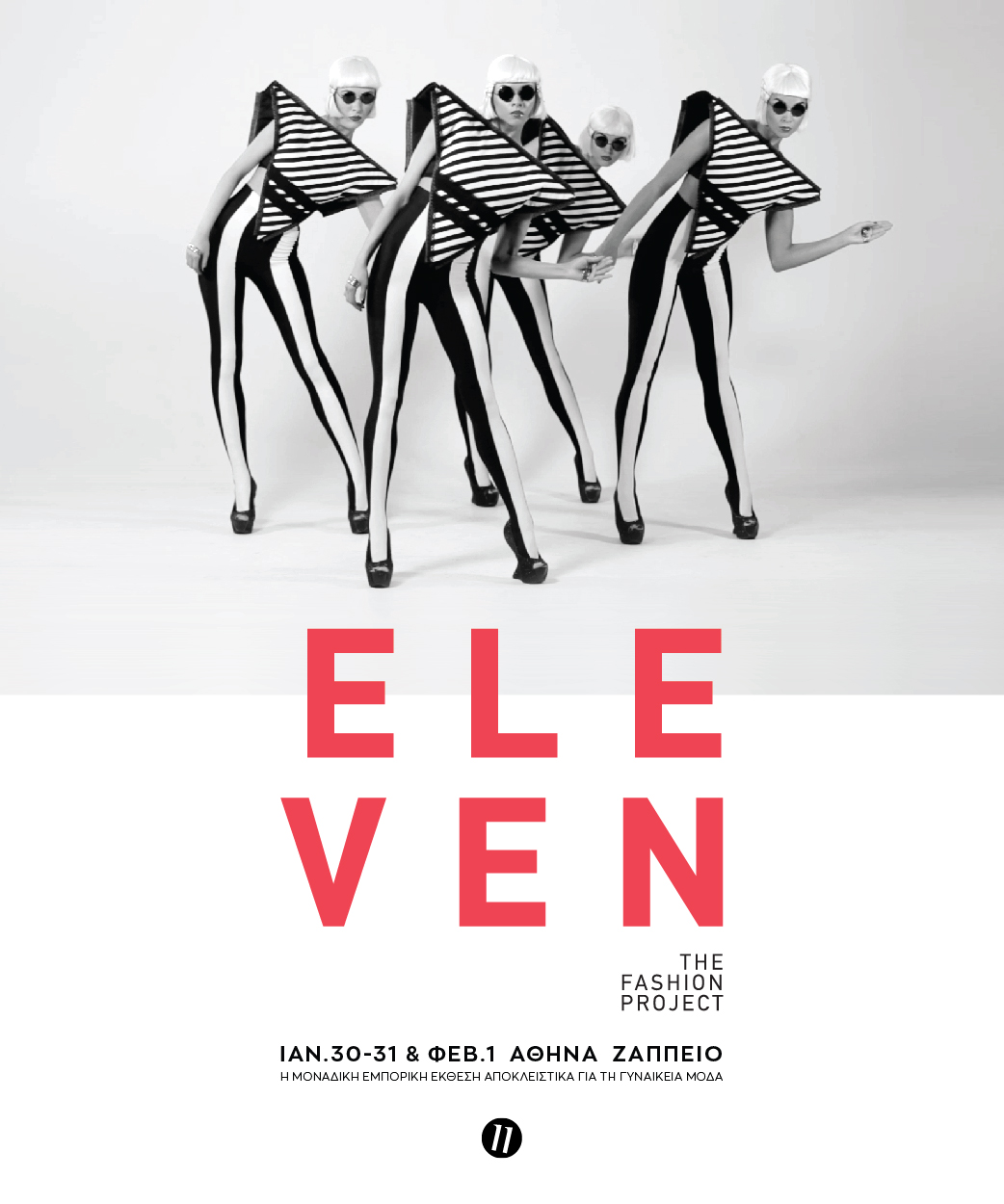Andros is mountainous and it is criss-crossed with a number of mountain ridges. All of these ridges run parallel to one another from southwest to northeast. Between the ridges there are deep valleys and sometimes steep gorges. The highest summits are the Kouvára (with the Profítis Ilías at 997 m) and the Pétalo (990 m), in the centre of the island, between the towns of Ano Aprovátou and Vourkotí. Because of this relief the north-south connections on the island are rather difficult. Except for the main coastal road, most of the roads thus run into the valleys, from the southwest of the island to the northeast.
Andros is a unique island for a number of different reasons. First of all, in comparison with many of the other Cycladic isles, there is a lot of water – and this thanks to the relative high amount of rainfall and the multitude of sources. As a result, some of the valleys are remarkably green. Especially the pine tree dominates the landscape (for instance in the neighbourhood of Ménites). There are also lots of remnants of watermills in the valleys of the Dipotámata (between the towns of Exo Vouní and Sinetí), in the valley of the Mégalo Révma (in the north), etc.
The second remarkable characteristic is the architecture of some of the villages, which is not really Cycladic. Andros is a very wealthy island and this is partly the result of generations of ship owners. The villages of Chóra and Steniés are therefore striking because of the large and wealthy houses. The red roofs resemble the Italian cities and also some Greek islands such as the island of Sími near Rhódos.
To read more, please visit cycladen.be
XpatAthens
Eleni Vardaki : Unlocking Mind-Body Mastery With EFT & Coaching in Greece
Later, I went to study in the UK, and I then worked in schools in England and in Sudan. And in 2012, I returned to Greece to settle down permanently.
If you want to explore more about Eleni’s work and discover how EFT
can help you achieve balance and well-being, visit her page HERE.
Q: What drew you to working specifically with stress, anxiety, and academic success?
Q: What role does the mind-body connection play in helping people perform better in all areas of their lives?
A: It allows for forward progress without as much struggle. When you’re using only your mind to achieve goals, but your nervous system is dysregulated, you may experience a range of stress-related or psychosomatic symptoms, which can even develop into actual physical health problems. This makes the journey toward your goals much harder.
By integrating the mind and body, you can regulate your nervous system, reduce these challenges, and approach your goals with greater ease. As a result, people often find they can go further, faster, and with less strain than they expected.
Q: Can you share a success story where your coaching made a big difference in someone’s life?
One that stands out is a teenager I worked with who had been seeing a Cognitive Behavioral Therapist for Trichotillomania, compulsive hair pulling caused by stress. The strategies she had tried weren’t working. But when she came to me, she didn’t present that issue. Instead, she and her mother booked four EFT sessions for help with Math exam anxiety at the end of the school year.
Interestingly, the Math exam anxiety cleared in just one session, leaving us with three remaining. So I asked what else she would like to work on, and she suggested trying EFT for her compulsion to pull her hair. Over the next three sessions, the behavior stopped almost completely. After the summer, we did a few additional sessions to address occasional triggers, but overall, within five sessions, the behavior had stopped.
Not only did this help with her academics, but it also brought immense relief. She had been worried about developing a permanent bald spot, and resolving this compulsion lifted a huge emotional burden.
Q: What are the most common stressors you’ve seen among Greek clients, and how do you help them face these challenges?
The top three are financial stress, relational stress, and health-related stress, whether it’s dealing with personal health issues, health anxiety, or caring for a family member with chronic health problems.
To address these, we use EFT tapping. We start by identifying the stressful situation, such as an upcoming invasive medical procedure, the emotions behind it, and where it’s felt in the body. Sometimes we focus on one of these aspects, other times we assign each of these aspects a number on a scale of 0 to 10 and use that as a baseline. During the session, we continuously monitor how the client’s numbers shift as we tap, which allows us to track progress in real time.
For example, with financial stress, we might work on fears about checking how much money is left in a bank account, the stress of a big unexpected expense, or getting hit by a huge tax bill. Just thinking about a large tax payment can trigger stress levels and frustration at the injustice of it an 8/10 in intensity, for example. By tapping while focusing on their negative emotions and stress sensations, we work on lowering both the emotional and physiological responses, making it easier to face these challenges with a clearer, calmer mindset so that they can think of how they can deal with it.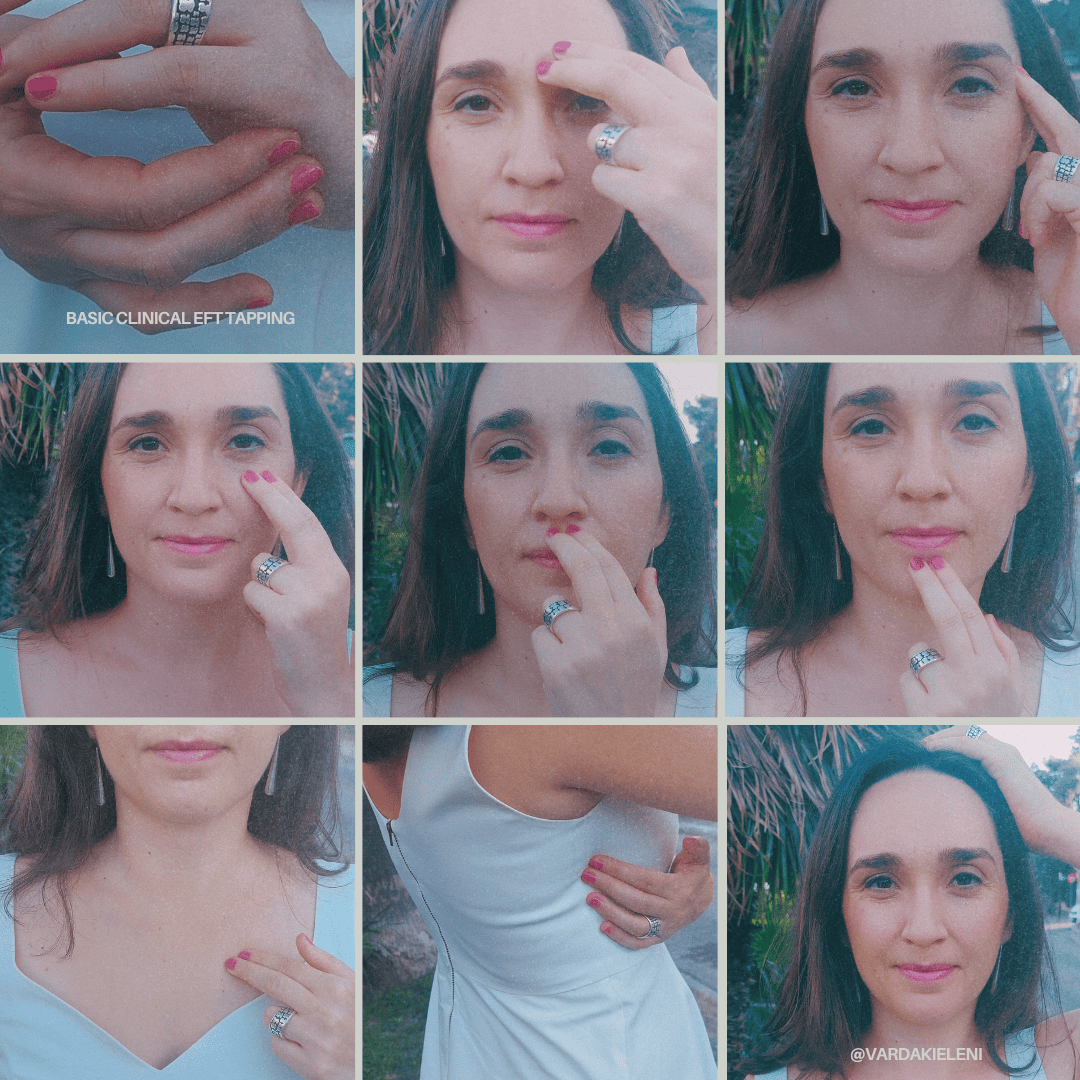
Q: What is one thing you would change about the way mental health and coaching are approached in Athens and Greece?
I think the coaching sector in Greece is strong. There are many skilled professionals, whether traditional life coaches who focus on top-down cognitive strategies and talk-based coaching interventions, or somatic coaching approaches like the one I offer. Psychotherapists, psychologists, and the entire mental health sector have a lot to contribute.
I’d like to see more collaboration between the medical and mental health sectors, especially in private healthcare. Many health issues are linked to lifestyle factors rather than genetics. Helping people change and improve their habits can make a huge difference in managing or even preventing stress-related health problems from becoming more serious. Coaching and therapy can also help patients manage stress and anxiety related to medical experiences.
If doctors referred patients with such challenges to relevant specialists in the mental health sector, it could greatly improve their well-being and overall quality of life. Strengthening partnerships between the medical and mental health fields would allow for a more holistic and effective approach to patient care. I believe bridging this gap across the two sectors by working together would benefit many people.
Q: And what about your clients? Have you noticed any changes, since for many people mental health is still a taboo topic?
Yes, I have noticed a change in Athens. More people are developing the humility and courage to say it’s okay to get help. It doesn’t make you weak, it makes you human.
In Athens there are new ideas, workshops, and experiences that people can benefit from and become more informed about mental health. When ignorance in an area decreases, people stop thinking, “Oh, I’m not crazy, so I don’t need to see a Psychologist.” Or “I’m fine, I don’t need to hire a coach for my stress” - even when they have medically diagnosed stress-related health issues. So with knowledge more readily available, I’m seeing more people willing to invest in coaching, therapy, and stress reduction services over here.
However, in more rural parts of Greece, there’s still more resistance. There’s a kind of competition around who is more tired or working harder, and less recognition that you can achieve your goals without sacrificing your health and well-being. That mindset seems to be less present in the countryside compared to Athens.
Q: What’s your favorite thing to do in Greece when you want to completely relax?
Oh, definitely going to the beach, all year round—winter, summer, spring, autumn. For me, it’s the sea above all, even more than other nature spots. But any kind of nature is restorative.
Q: And one final question…To whom would you recommend EFT tapping?
I would invite anyone curious to explore Emotional Freedom Techniques, especially those who have already done some work with psychologists or psychotherapists and have a conscious understanding of their blocks but feel stuck. EFT works really well when there’s a somatic, or body-based, component to the challenge, something that keeps you stuck on a physical or emotional level.
For example, it can help with overcoming procrastination towards an important goal, releasing or healing chronic lower back pain, or improving sleep when insomnia is an issue.
So, if you’ve done all you can with your conscious mind and you feel there might be subconscious emotional blocks stored in your body, EFT sessions might be a helpful next step to try.
A Hopeful Note
Looking ahead, we’re optimistic about the future of mental health and coaching in Greece. As awareness grows and collaboration between medical and mental health professionals strengthens, more people will feel empowered to seek the support they need. With evolving attitudes and innovative approaches like EFT gaining traction, we envision a future where holistic well-being becomes a natural part of everyday life, helping individuals and communities thrive.
Thank you, Eleni, for sharing your insights and inspiring us with your journey!
If you want to explore more about Eleni’s work and discover how EFT can help you achieve balance and well-being, visit her page HERE.
Hopscotch International Kindergarten
Established in 1997, Hopscotch International Kindergaten is located in a quiet area of Vari behind Jumbo, surrounded by 1000 square metres of garden. We are a dedicated English speaking Nursery and Kindergarten. With our open door policy and small groups, we offer a warm and welcoming environment for children and parents alike. We accept children from the age of two and offer a fun packed, full, activity based day, either on a full time or a part time basis and we accept registrations throughout the year.
By following the British Early Years Foundation Programme, we fully prepare our reception/kindergarten children for entry into all the English speaking schools' first grades.
If you would like to experience our unique environment for yourself, please feel free to call and make an appointment.
Contact: Helena Scott
Andros
Andros is the northern- most island of the Cycladic isles. The islands of Kéa, Kýthnos, Sérifos and Sífnos can be seen as a natural continuation in the sea of the peninsula of Attika; in the same way, the nearby islands of Andros, Tínos and Mýkonos can be seen as the foothills of the mountain ridge of the island of Evia (Euboia).
Thousands On The Streets Against EU Austerity
Under the organizing title "Breath of Dignity", standing in front of parliament, protesters unfurled banners reading "Bankrupt but Free" and "Stop Austerity, Support Greece, Change Europe." Satellite demonstrations took place in Brussels, at the European Central Bank in Frankfurt, in Venice and elsewhere in Europe.
Prime Minister Alexis Tsipras tweeted a picture of the Athens protest, saying: "In the cities of Greece and Europe the people are fighting the negotiation battle, They are our strength."
Finance Minister Yanis Varoufakis was attending a meeting of his euro zone peers in Brussels to press for a new debt deal and an end to many of the tough reforms required by the bailout deal.
Protesters in Athens singled out German Chancellor Angela Merkel, who has led demands for Athens to keep promises made by the last conservative-led government under the deal.
To read more, please visit thetoc.gr/eng
By Theo Ioannou
Good News For Greek Olive Oil
This is good news for providers in Greece who have felt the punch of the financial crisis and even better news for the recognition Greek olive oil deserves.
The move across the Ionian Sea comes amid an apocalyptic season for Italy’s olive groves. A hot spring, a rainy summer and a pesky olive-eating fly conspired to create what Italian daily La Repubblica called “the black year of Italian olive oil.”
Production in Italy is expected to drop 34 percent this year, according to the International Olive Oil Council.
Prices have gone up accordingly: Italian extra-virgin olive oil in March was sold by producers for about $2.97 a pound, 84 percent more than a year earlier, according to the council.
For Costco, the reasoning appears to be purely financial— and not because Greek olive oil is far superior to its Italian counterpart. That drastic price hike must have been tough to swallow for the company that’s always looking for a good deal.
Costco Chief Financial Officer Richard Galanti said the availability of the extra-virgin olive oil Costco usually purchases from Italy is down to one-tenth of the normal level.
To read more, please visit: PappasPost
Yussuroum, A Slang Term That Hides Fragments Of History
How To Have An Enjoyable, Memorable, & Educational Family Trip In Greece
For more information about the author and her children's books, please visit: Melina Mallos
May 16 - Spring Is In Full Swing
Please click HERE to view this issue of our newsletter!
Remember to stay connected with us through our weekly newsletter, Facebook, and Twitter!
Amazing Greece In 2 Minutes
Dancing The Kalamatianos!
The Origin
The Steps
The Music
The Village Feasts – Πανηγύρια
If you also love Greek music and dance, then feel free to download my free eBook, on the masaresi.com webpage!
This content was originally posted on masaresi.com

Masaresi.com was founded by Maya Cornelissens-Andreadi, who shares her experience about how “to integrate in Greece and feel like a local”. Masaresi = μας αρέσει = we like it! Discover the “real Greece," while delving into all the aspects of Greek life – from modern lifestyle and culture to history, literature, traditions, and many more.
Explore Greece - Read About Greece - Buy Greek - Learn Greek

